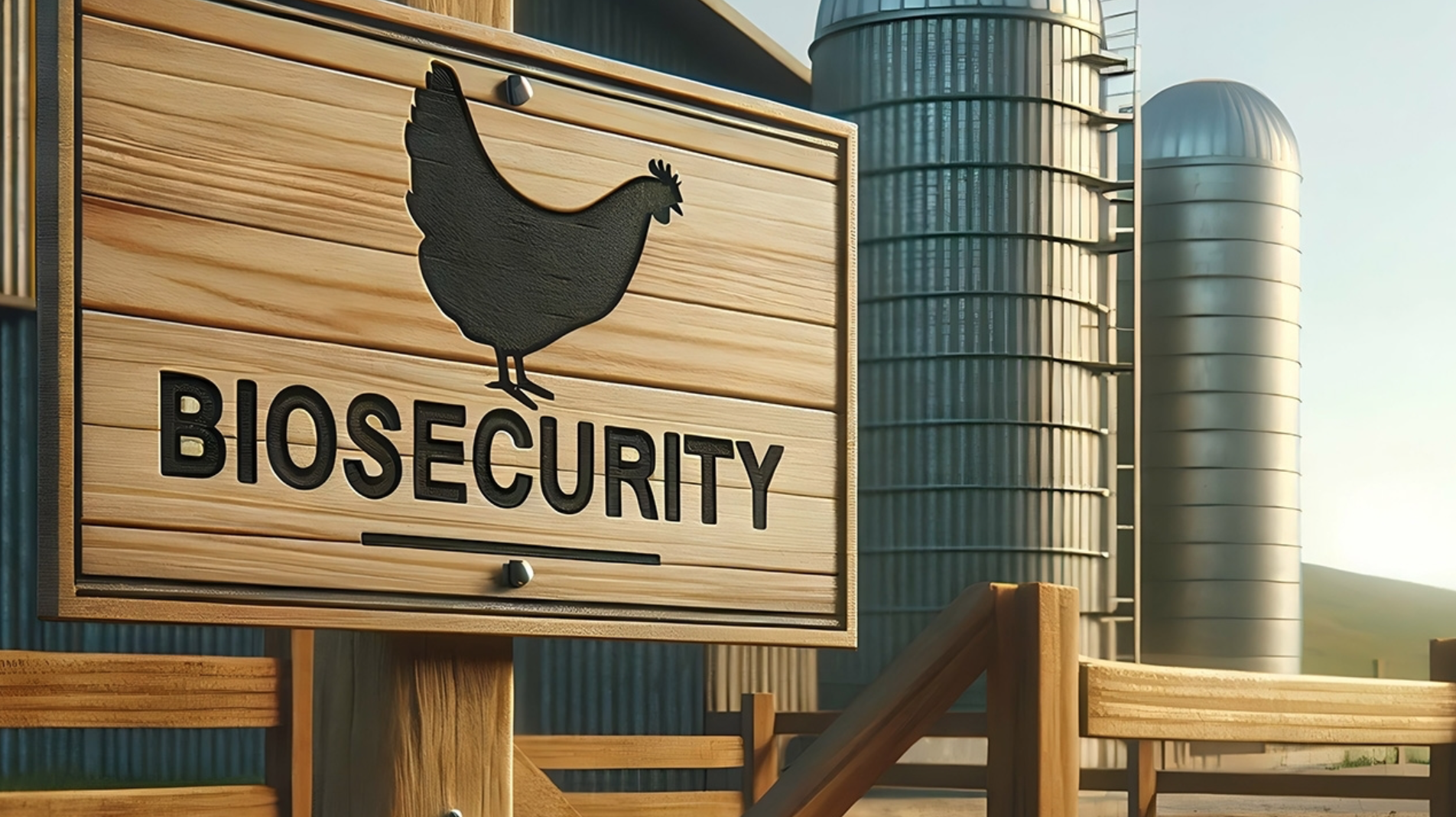
A year into the outbreak of avian flu, there is a continuing threat from the virus to poultry flocks and dairy herds, and to a lesser degree humans. Since March 2024, the avian flu — also called bird flu or H5N1 — has infected almost 1,000 dairy herds across 17 states and necessitated the destruction of more than 165 commercial chickens, according to the U.S.
Department of Agriculture. The flu is blamed for soaring egg prices, which have reached $6 or more per dozen. The virus has infected more than 70 people in the United States, mostly workers at dairy farms and poultry operations, according to the Centers for Disease Control and Prevention.

One person who did not have either of those exposures died in Louisiana. The virus is present worldwide, with deaths having been reported in several countries. Since its discovery in dairy cows and poultry, the virus has mutated and infected a variety of mammals, including house cats, ferrets, minks, swine and sea lions.
Some of the house cats have been exclusively indoor pets and have died. The virus has been detected in raw, unpasteurized milk and raw milk cheese, prompting warnings from public health officials. The USDA has confirmed a new strain of the flu in dairy herds in Nevada and Utah, suggesting that it is continuing to mutate.
There is concern that further mutation could lead to a strain that can be passed from person-to-person. One person in Nevada has already been infected by the new strain. Earlier this month, The U.
S. Department of Agriculture announced the rollout of two biosecurity assessment programs available for commercial poultry farms, one targeting wildlife hazards and the other reviewing biosecurity plans and measures. The programs are part of plans to prevent the introduction and spread of highly pathogenic avian influenza and dovetail with up to $1 billion in emergency funding announced in February by USDA Secretary Brooke Rollins.
It hasn’t been government policy to let the virus spread among America’s chickens instead of culling sick ones, but it may just become the new direction under U.S. Health and Human Services Secretary Robert F.
Kennedy Jr. Kennedy has spoken about a strategy to “let it spread” among America’s poultry and breed the strongest ones that survive, a policy he said is supported by Agriculture Secretary Rollins. (To sign up for a free subscription to Food Safety News, click here).














